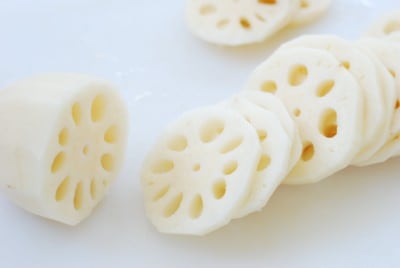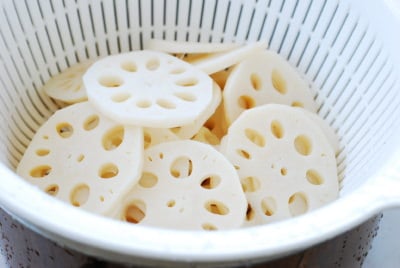Boil chicken feet with pepper, bay leaf & milk to remove smell. Rinse.
Sauce: gochujang 2T, gochugaru 1T, sugar 2T, soysauce 1T, pepper
Stir-fry minced garlic, chicken feet, onion, sauce, green onion, cheese tteok & potato (optional). Last add green chili.
Jumeok bap: rice, crispy seaweed, furikake.

